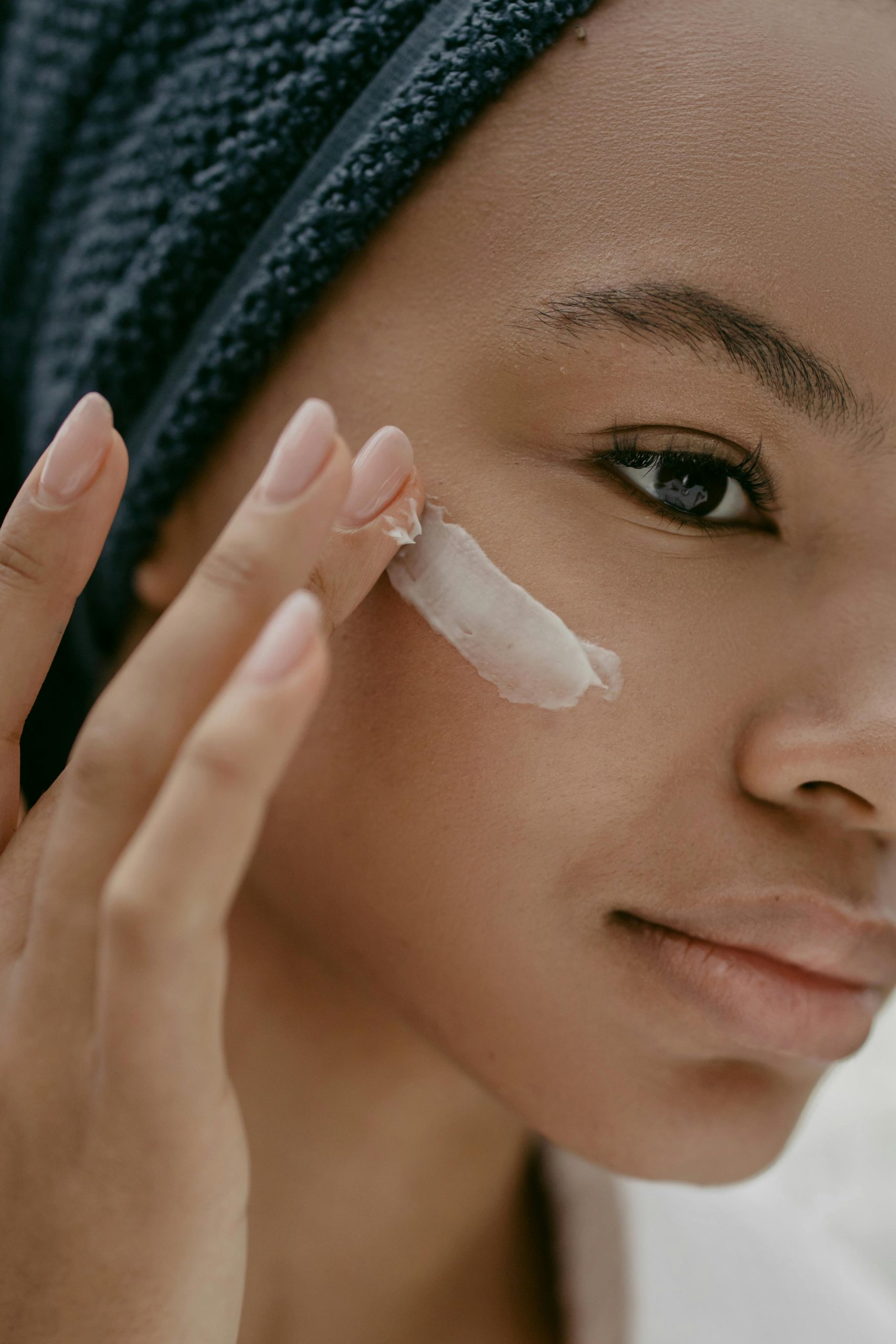The Evolution of Cleaning Companies: From Traditional to Eco-Friendly
The acrid smell of chemical cleaners once signaled cleanliness, a sharp burning scent that promised sterile surfaces while leaving throats raw and eyes watering. For decades, professional cleaning companies relied on industrial-strength products containing toxic ingredients that effectively removed dirt but left behind concerning residues that affected indoor air quality, harmed the environment, and posed health risks to both cleaning staff and building occupants. The traditional cleaning industry operated under the assumption that more chemicals meant better results, prioritizing immediate visual cleanliness over long-term health and environmental consequences.
A quiet revolution has transformed the professional cleaning landscape as awareness grows about the true cost of conventional cleaning methods. Eco-friendly cleaning companies emerged from grassroots demand for safer alternatives, proving that plant-based products, microfiber technology, and sustainable practices could deliver superior results without compromising health or planetary wellbeing. This evolution reflects broader cultural shifts toward environmental responsibility, workplace safety standards, and consumer expectations that businesses should operate sustainably. Modern cleaning services now compete on green credentials as much as price and effectiveness, recognizing that clients increasingly value wellness alongside spotless surfaces.
The journey from traditional toxic approaches to eco-friendly innovations represents more than switching product labels. It encompasses fundamental changes in equipment, training, certification standards, and business philosophy that prioritize people and planet alongside profit. Understanding this evolution reveals why eco-friendly cleaning companies represent the future of the industry rather than a passing trend, offering insights into how professional cleaning transformed from necessary evil into health-promoting service that enhances rather than degrades indoor environments.
When Cleaning Meant Choking on Fumes
Your grandmother probably cleaned with enough ammonia to strip paint off walls. Your mother swore by bleach for everything. And you? You’re probably somewhere in between, clutching a spray bottle and wondering if that chemical smell means it’s working or poisoning you.
The cleaning industry has undergone a transformation so dramatic it’d make a butterfly jealous. What started as harsh chemicals and brute force has evolved into sophisticated, science-backed approaches that actually care whether you can breathe afterward. Companies like ecocleaning-nyc.com represent this new wave – proof that effective cleaning doesn’t require a hazmat suit.
Let’s trace this journey from toxic to terrific.
The Dark Ages of Cleaning (1950s-1980s)
Picture this: it’s 1965. Your average cleaning service shows up with industrial-strength solvents that could probably dissolve a car engine. The philosophy? If it doesn’t burn your nostrils, it’s not working.
These weren’t sophisticated operations. Most cleaning companies operated with a simple toolkit:
- Chlorine bleach for everything white
- Ammonia for everything else
- Steel wool for the stubborn bits
- Prayer for delicate surfaces
The results? Sure, things got clean. They also got damaged, discolored, and occasionally dissolved. Indoor air quality wasn’t even a concept yet. According to environmental health records from that era, indoor pollution from cleaning products regularly exceeded outdoor pollution levels by factors of ten or more.
“We were essentially fumigating homes while calling it cleaning,” noted Dr. Rebecca Sutton, an environmental health scientist who’s studied cleaning product evolution. Not exactly reassuring.
The Wake-Up Call (1990s)
Then something shifted. People started asking uncomfortable questions. Why do professional cleaners have higher rates of respiratory issues? Why are childhood asthma rates climbing? Could there be a connection between that “clean smell” and the headaches that follow?
Research began revealing truths the industry didn’t love hearing:
- Volatile organic compounds (VOCs) from cleaning products were accumulating in homes
- Chemical residues on surfaces were being absorbed through skin contact
- Mixing common household cleaners could create toxic gases
- “Antibacterial” didn’t always mean “safe”
The 1990s marked the beginning of regulatory scrutiny. The EPA started investigating indoor air quality. California introduced Proposition 65, requiring warnings on products containing certain chemicals. Suddenly, cleaning companies couldn’t just rely on “it works” anymore.
The Resistance to Change
Don’t imagine this evolution happened smoothly. Traditional cleaning companies fought back hard. “Eco-friendly doesn’t work,” they insisted. “Customers want that chemical smell – it means clean.” Some still believe that, actually.
But consumers were reading labels and asking questions. What exactly is “fragrance” in the ingredients list? Why can’t this bottle tell me what’s actually inside?
The Green Revolution Begins (2000s)
Enter the new millennium, and with it, a generation of cleaning companies willing to experiment. Could plant-based surfactants really cut through grease? Would enzymatic cleaners actually break down organic stains? Was there an alternative to phosphates that worked?
Turns out: yes, yes, and yes.
The technological breakthroughs came faster than expected:
- Coconut-derived surfactants that matched petroleum-based cleaners
- Citric acid formulations that dissolved mineral deposits without etching surfaces
- Hydrogen peroxide systems that sanitized without toxic residue
- Microfiber technology that cleaned mechanically, reducing chemical needs
“The chemistry finally caught up with the intention,” explained Dr. Martin Wolf, who developed eco-friendly cleaning formulations. “We could finally promise both ‘green’ and ‘effective’ without crossing our fingers.”
The Certification Era (2010s)
As eco-friendly claims proliferated, so did greenwashing. Slapping a leaf on your logo doesn’t make your product environmentally safe. The industry needed standards, verification, and accountability.
Third-party certifications emerged:
- Green Seal for cleaning products meeting strict environmental standards
- EPA Safer Choice for products with safer chemical ingredients
- LEED certification for buildings using sustainable cleaning practices
- B Corp certification for companies meeting social and environmental standards
Legitimate eco-friendly cleaning companies welcomed this scrutiny. It separated genuine innovation from marketing gimmicks. Customers could finally verify claims instead of just trusting them.
The professionalization of green cleaning attracted a different caliber of worker, too. Trained technicians who understood pH levels, surface chemistry, and proper dilution ratios replaced the “spray and wipe” approach.
What “Eco-Friendly” Actually Means Today
Fast forward to now. The term “eco-friendly cleaning” has evolved beyond marketing buzzword into actual, measurable criteria. Modern green cleaning companies operate under principles that would’ve seemed impossible thirty years ago.
Real eco-friendly practices include:
- Biodegradable formulations that break down in wastewater treatment
- Concentrated products reducing packaging and transportation impact
- Plant and mineral-based ingredients instead of petroleum derivatives
- Minimal water waste through efficient application methods
- Reusable microfiber systems replacing disposable materials
But here’s what separates legitimate companies from pretenders: transparency. If a company won’t tell you exactly what’s in their products, that’s a red flag the size of Texas.
The Science Behind the Suds
Modern eco-friendly cleaning isn’t just swapping one ingredient for another. It’s rethinking the entire approach. Why use harsh chemicals when mechanical action combined with smart chemistry works better?
Consider how enzymatic cleaners work: specific enzymes break down specific organic compounds. Protease for protein stains, lipase for fats, amylase for starches. It’s targeted biological warfare instead of chemical carpet-bombing. More effective, less collateral damage.
The Business Case for Going Green
Here’s where it gets interesting: eco-friendly cleaning companies discovered something traditional services didn’t expect. Going green actually improved their bottom line.
How? Several ways:
- Lower insurance costs (fewer worker injury claims from chemical exposure)
- Reduced liability from client health complaints
- Higher customer retention (people stick with services that don’t make them sick)
- Premium pricing justified by superior safety profiles
- Reduced product costs through proper dilution and efficient use
A 2023 industry survey found that eco-friendly cleaning companies had 34% higher profit margins than traditional services. The market was rewarding responsibility.
Current Challenges and Future Directions
Don’t imagine everything’s perfect now. The evolution continues, and challenges remain.
Supply chain issues affect green products more than conventional ones. Natural ingredients can vary in availability and cost. Consistency requires more sophisticated quality control.
Education gaps persist too. Many customers still associate “chemical smell” with cleanliness. Breaking that conditioning takes time and patience.
And then there’s the pressure to cut corners. When a competitor offers cheaper service using harsh chemicals, how do you explain why your eco-friendly approach costs more without sounding preachy?
The Next Frontier
Where’s this evolution heading? Several promising directions:
- Probiotic cleaners that establish beneficial bacterial colonies on surfaces
- Ozone-based sanitization systems eliminating chemical needs entirely
- AI-optimized cleaning schedules reducing unnecessary service visits
- Waterless cleaning technologies for drought-prone regions
- Fully compostable packaging and tools
Some sound like science fiction. All are already in development or limited deployment.
What This Means for You
So you’ve got options now that your grandmother never had. You can choose cleaning services that won’t leave you opening windows to clear the air. You can verify their claims through independent certifications. You can ask what’s in the products they’re using and actually get answers.
The evolution from traditional to eco-friendly cleaning represents more than just swapping chemicals. It’s a fundamental shift in values: from “clean at any cost” to “clean without compromise.”
Your home doesn’t have to choose between “actually clean” and “actually safe” anymore. Both are possible. Both are available. And increasingly, both are expected.
The cleaning companies that survive and thrive going forward? They’re the ones that figured this out before customers demanded it. The ones still clinging to the old ways? Well, evolution isn’t kind to those who refuse to adapt.
Choose accordingly.






